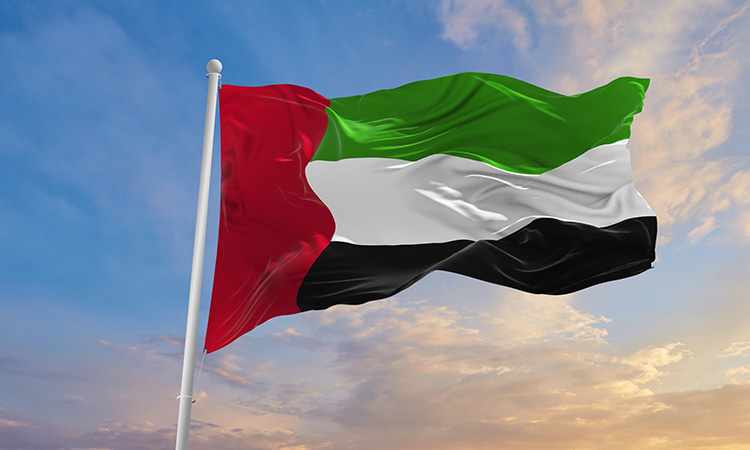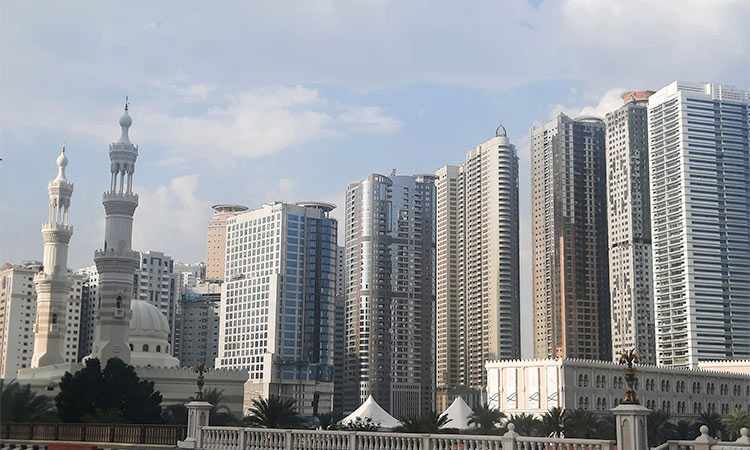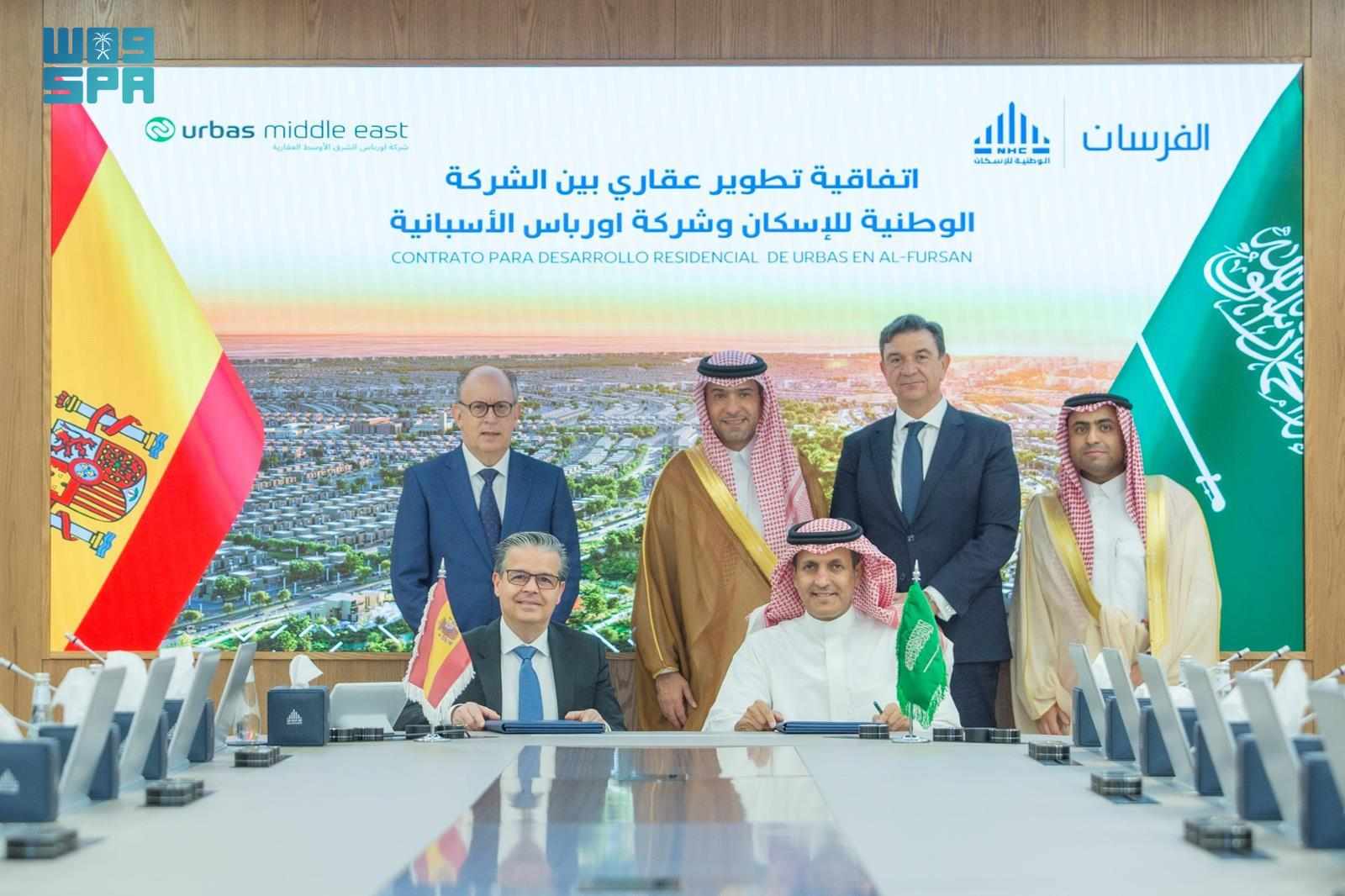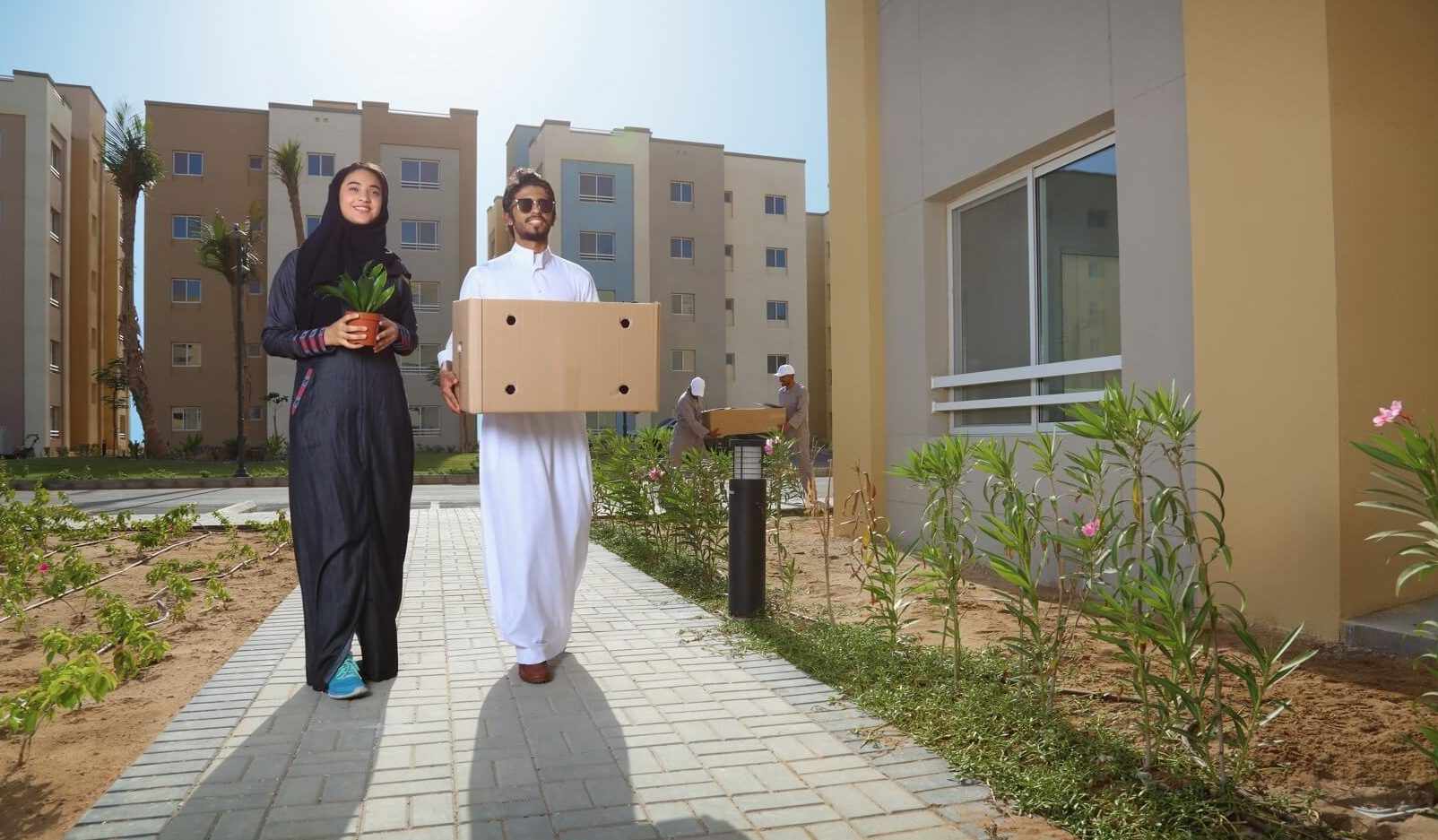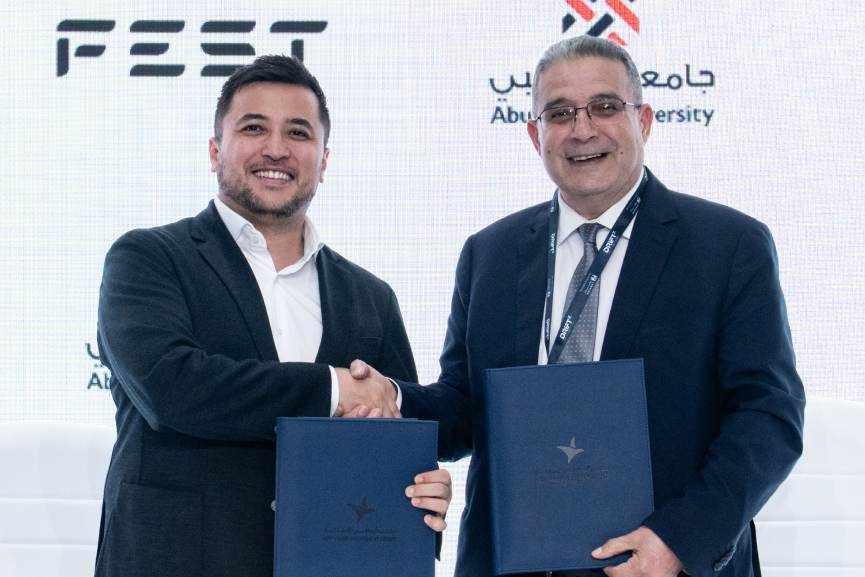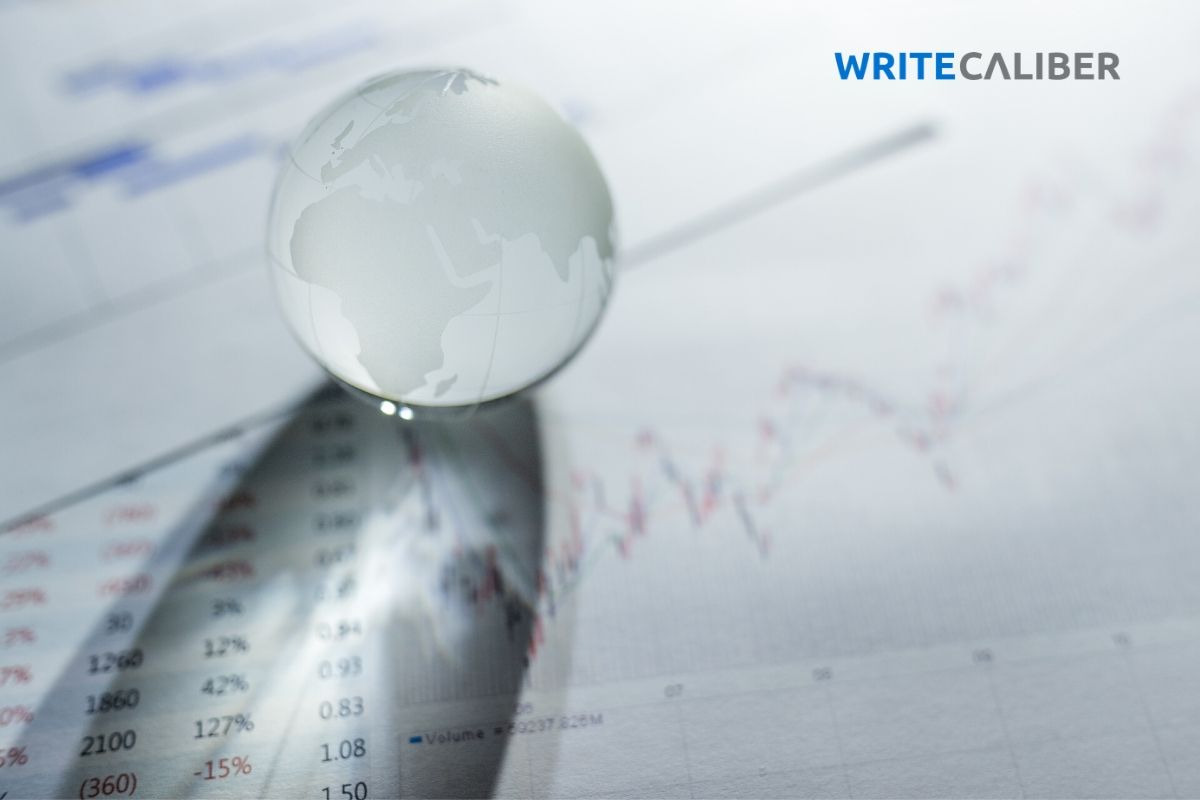Retrofitting projects: High capacity, Low capabilities – MEP MiddleEast
- Date: 12-Apr-2021
- Source: MEP Middle East
- Sector:Real Estate
- Country:UAE
Retrofitting projects: High capacity, Low capabilities – MEP MiddleEast
With an increased focus on energy efficiency, Dubai has set an ambitious target to reduce 30% of its energy use by 2030, which could result in a minimum of 1.7 terawatt-hours of energy savings and a reduction of one million tonnes in carbon emissions.
These targets are extremely essential in combating the ill effects of climate change, especially given that the existing global building stock is a leading contributor to greenhouse gases (GHG), generating approximately 40% of annual global GHG emissions.
Now, take into consideration that approximately two-thirds of the buildings that exist today will still exist in 2050.
There's no doubt about the fact that even if every single building constructed from today is energy efficient – which is a stretch in itself – action still needs to be taken on the present-day buildings that are “fuelling the fire of global warming”.
On average, heating, ventilation, and air conditioning (HVAC) contribute approximately 33% of a building's total energy consumption, with major appliances such as water heating and freezers accounting for 18%, and lighting taking up an additional 10% of the power usage.
At the peak of their glory, the skyscrapers and towering buildings defining Dubai's skyline would have been well within


